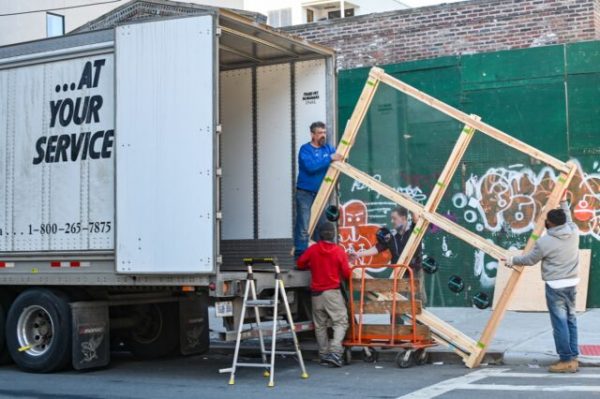
Japanese Knotweed, also known as ‘Fallopia Japonica’. It is highly invasive and grows vigorously year after year, producing 3m (10 ft) tall stems during the summer months.
But it’s the roots that cause the biggest problem, as the plant develops an extensive network of underground stems known as rhizomes, which can grow through hard surfaces such as concrete and asphalt.
The reason why this destructive plant is so worrying is that it can start growing again from only a portion of its root or rhizome structure. These roots can grow to a depth of nine feet which means getting rid of invasive plants is not as simple as digging up the plant.
And that’s not all. Japanese knotweed can also interfere with underground pipes, such as water and sewage pipes, and if it spreads to neighboring properties. Improper disposal of the plant can also expose you to hot water with the authorities, with possible fines and other penalties if it is not buried properly so it will not start growing again.
The problem with Japanese knotweed is not only that it is a very fast-growing plant that quickly overwhelms everything else in the garden or other part of the property, but it also has a very large, deep root network that can potentially cause more damage. As roots seek moisture to promote plant growth, tiny roots can penetrate gaps in the wall and widen as they grow larger, causing structural damage. With its incredible ability to grow in the harshest conditions, Japanese Knotweed should be managed effectively if it is ever in your garden.
Mortgage providers will usually not approve applications if there is Japanese knotweed on the property. They will have a professional Japanese knotweed treatment done first. Japanese knotweed growing problems have led to a drop in house prices as those infected with the highly invasive plant are nearly impossible to sell, so few people are willing to take the risk to buy it.
The only real solution, to protect its properties and value, is to invest a relatively small amount in proper Japanese knotweed care so that the plant dies for good. Calling japanese-knotweed”>Japanese knotweed removal professionals from a reputable company is always the best policy in this situation for both home and business owners. Because the Japanese knotweed removal team has the knowledge and experience to be able to handle any amount of Japanese knotweed efficiently. You can sleep soundly once again, without worrying about problems developing around the house.
Attempting to uproot the plant yourself can do more harm than good, as digging is known to increase stem density over time as the plant reacts to your attack. Many weed-affected people try to tackle the problem themselves, thinking it’s just a plant that can be easily sprayed with weed killer or even dug up. Too often, however, this turns out to be a long, laborious, and expensive process, as the plant keeps coming back to life. The key to preventing further spread of this plant is strict control of any pulled cuttings or stems, as these can grow back easily if disposed of improperly.

